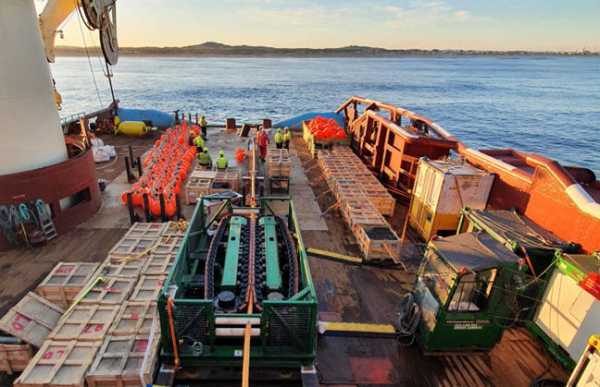
Initially, the site will host a prototype of the huge CorPower (lower), to which three more are planned to be added.
The 7.2 kV cable was brought to the beach from the ship Maersk Achiever, which floats approximately 1 km offshore. It was pulled up by a shore winch with assistance courier rope. The temporary buoyancy of the cable made it easier to transport.
On the beach, he was pulled through a pre-built pipe that leads him to an underground substation. As the rest of it was laid under the waves, mass was added where extra stability was needed.
"The cable laying process is known to be a complex aspect of offshore energy projects, requiring a lot of planning and adapting to weather windows and ocean conditions," said operations manager Robert Argo. “Various parameters were also monitored, including cable tension, cable deflection angle and landing monitoring. Upon completion, a visual survey and positioning survey was conducted using a remotely piloted vehicle.”
The cable, which also has a fiber optic connection, will terminate with a quick connect interface on the anchor head. , where it will connect to the power source from the wave generator.

After a year of testing in Sweden, the C4 power take-off system is set to join a 9m diameter composite hull at CorPower&# 8217;s Portuguese base in Viana do Castelo.
Source: electronicsweekly.com










